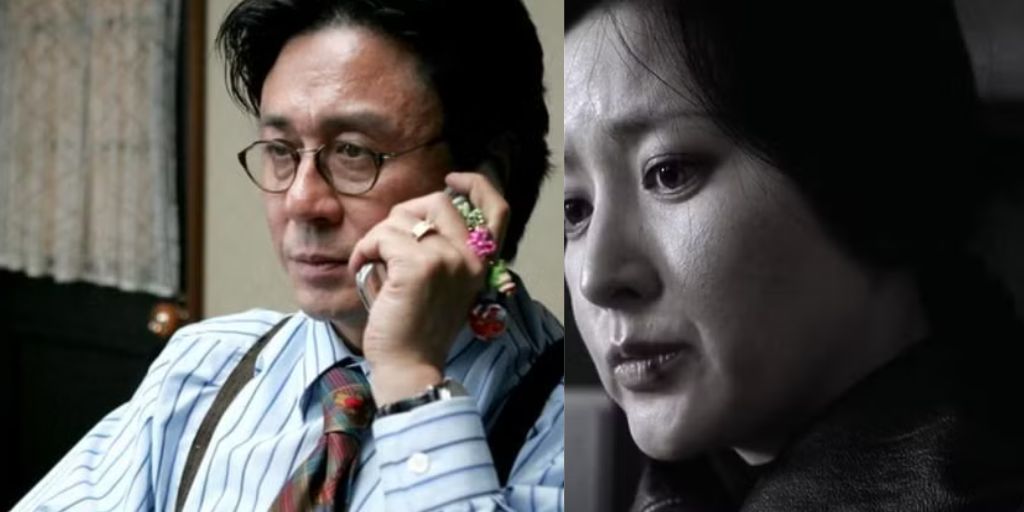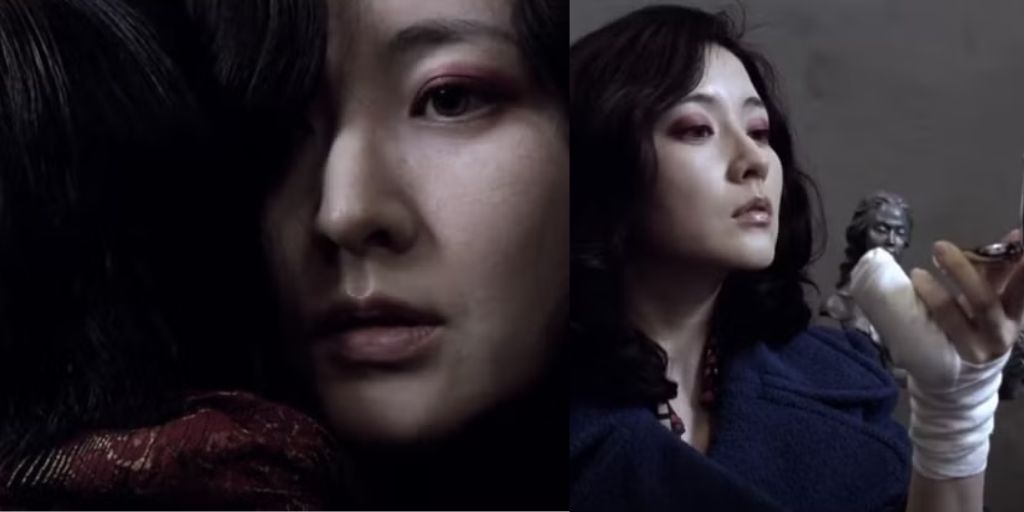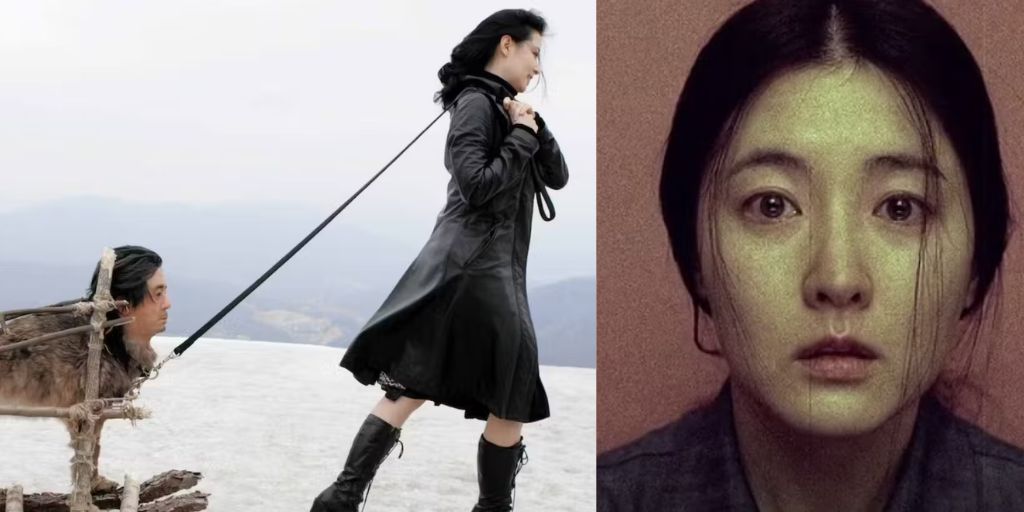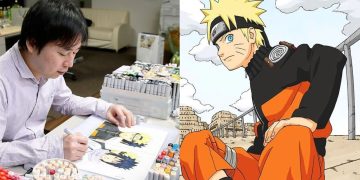Park Chan-wook is a filmmaker who often delivers shocking, thought-provoking films. When he directed Oldboy, the world was taken by its intense storyline and unexpected twists. However, his next film, Lady Vengeance, released in 2005, is just as powerful, if not more.
This neo-noir film stands out not just for its shocking plot, but for the emotions it shows. Lady Vengeance tells the story of Lee Geum-ja, a woman who was wrongfully imprisoned for 13 years for a crime she did not commit. Despite her kind appearance and demeanor, Geum-ja harbors a deep need for revenge, aimed at the person who truly committed the crime.
The film did not win the highest awards at the 62nd Venice International Film Festival, but it was still highly recognized. Lady Vengeance earned the Cinema of the Future Award, the Young Lion Award, and the Best Innovative Film Award, among others.
The movie’s story touches on important questions about justice, revenge, and redemption. It shows how far someone is willing to go to right a wrong and the ethical challenges they face along the way.
What Is Lady Vengeance About?
Lady Vengeance begins with the story of Lee Geum-ja. She is introduced through the eyes of different characters, including a church pastor and her fellow prisoners. Her angelic beauty grabs everyone’s attention, reminding people of the famous actress Olivia Hussey.
During her murder trial, her appearance caught the nation’s eye. She looked young and innocent, which made the brutal crime she was accused of even more shocking. Geum-ja has a fair complexion, long flowing hair, and a calm and peaceful attitude, which made her seem pure.
While in prison, she earned the nickname “Miss Geum-ja, the Kind-Hearted.” She comforted new inmates, helped elderly prisoners, and even donated a kidney to a fellow inmate who had chronic kidney failure. Her kindness helped her earn the respect of other prisoners and even reduced her sentence, allowing her to be released after 13 years.
But Geum-ja’s kindness was not genuine. It was all part of a plan. As soon as she was released from prison, she left behind her innocent image and transformed into a much darker and more determined woman. She replaced her modest appearance with bold red eyeshadow, red lipstick, and high heels.
This new look represented her true, vengeful self. She was no longer the kind-hearted woman everyone thought she was. Geum-ja had spent 13 years carefully planning her revenge.
Every good deed she did in prison was a way to win favors from people who could help her once she was free. Now, after years of waiting, she was ready to take her revenge on the person who had framed her for murder.
Lady Vengeance Balances Brutality and Beauty
Every scene in Lady Vengeance feels like it was carefully designed, almost like a painting. The cinematography, the use of color, and the way scenes are framed all help tell the story in a visually striking way. The film uses many close-up shots and unique angles, which bring the audience uncomfortably close to the characters.

This technique forces viewers to look closely at the characters and decide how they feel about them. Should they feel sympathy or disgust? This is one of the central questions of the film, as each character is complex and flawed.
One of the defining visual features of Lady Vengeance is its use of white and red. Many scenes take place in winter, with snow covering the ground. The white snow represents purity, as does the white tofu that appears in the film. In one scene, a line from the film speaks to this idea: “Live as white snow and never sin again.”
But against this white, the bold red of Geum-ja’s makeup and her surroundings stands out. The red symbolizes the opposite of purity — it represents blood, anger, and the dark side of her character.
Geum-ja’s transformation from the innocent woman she once appeared to be into the vengeful person she becomes is shown through these colors.
While Lady Vengeance is not as openly violent as Park Chan-wook’s earlier film Oldboy, it still contains moments of brutal violence. The movie does not shy away from showing the dark, violent side of revenge. In the early part of the film, Geum-ja carefully keeps up her innocent act, even as she starts to show her darker nature.
She goes as far as quietly killing an inmate who had been bullying others, without revealing her true self to those around her. But the most shocking and violent part of the movie comes in its final act.
Set in an abandoned schoolhouse in the countryside, this part of the film shows a group of ordinary people carrying out acts of revenge on the murderer who ruined their lives.
None of these people have a history of violence, yet they are driven to brutal acts because of the pain and loss they have experienced. The fact that the violence comes from regular people makes it even more disturbing, leaving a lasting impact on viewers.
The Thin Line Between Revenge and Redemption
At the beginning of Lady Vengeance, Geum-ja’s goal is simple: she wants revenge on the real killer who framed her. After spending 13 years in prison for a crime she didn’t commit, she is cold, focused, and determined to make the person responsible pay.
Geum-ja is driven by hatred, and nothing seems to shake her from her mission. She is willing to do whatever it takes to get her revenge. But everything changes when she is reunited with her long-lost daughter.
Her daughter had been adopted by a family in Australia after Geum-ja went to prison, and the reunion between mother and daughter marks a turning point in the story.
When Geum-ja meets her daughter again, she starts to rethink her reasons for wanting revenge. In a tearful conversation, she tells her daughter that she doesn’t just want revenge — she wants redemption. Geum-ja blames herself for what happened 13 years earlier.
She had the chance to stop the real murderer and save future victims, but she was too scared to act. Now, she sees her revenge as a way to fix that mistake and make up for her past. While she is clearly seeking forgiveness for her past choices, her methods raise moral questions.
Is it right to seek redemption through violence? Should someone who has been wronged use revenge to find peace? These are questions the movie leaves for the audience to answer.
The movie’s final scenes show how revenge can be a double-edged sword. The people who carry out revenge on the real killer may find temporary relief, but they are left with the heavy burden of what they have done.
Geum-ja, too, finds that revenge does not bring the peace she was hoping for. The film suggests that the line between revenge and redemption is not always clear, and that seeking justice can sometimes lead to even more pain.
Geum-ja’s Transformation: From Kindness to Cruelty
One of the most interesting aspects of Lady Vengeance is the transformation of its main character, Lee Geum-ja. When we first meet her, she appears to be kind-hearted and pure. Her fellow inmates admire her for her good deeds, and her gentle appearance makes it hard to believe she could ever commit a crime.
Even during her trial, the public is shocked not just by the murder she’s accused of, but by how innocent she seems. She becomes a symbol of kindness, and people start to see her as a good person who made a mistake.
But this image of Geum-ja is only skin deep. In reality, her kindness is just part of a carefully planned act. She uses her time in prison to build relationships and gain favors, knowing that these connections will help her when she is released. Every good deed she performs is a step in her larger plan for revenge.
When she is finally released, Geum-ja sheds her innocent image and reveals her true self. She trades her modest clothing for bold fashion, with red makeup and high heels to symbolize her transformation. From this point on, she is no longer the kind-hearted woman people thought she was. She is now focused only on getting revenge.
Geum-ja’s transformation is a central theme in the film, and it raises important questions about identity and morality.
Is Geum-ja truly a bad person, or is she simply someone who was pushed to her limits by the injustice she suffered? The movie doesn’t provide easy answers, instead allowing the audience to wrestle with these complex ideas.
Visual Storytelling: Color and Symbolism
Park Chan-wook uses visual storytelling to add depth to the themes in Lady Vengeance. The use of color, in particular, is significant throughout the film. White and red are the dominant colors, each symbolizing different aspects of Geum-ja’s journey.
White symbolizes purity, innocence, and forgiveness, prominently featured in the film’s winter scenes, where snow blankets the ground. This color also connects to Geum-ja’s past, notably through the appearance of tofu in early moments. The notion of living as “white snow” and never sinning again is intertwined with themes of redemption and forgiveness.
In contrast, red represents anger, violence, and vengeance. Geum-ja’s bold red makeup, as well as the red elements in her home and surroundings, symbolize the shift in her character. The red also foreshadows the bloodshed that follows as she carries out her plan for revenge.
The contrast between white and red shows the duality in Geum-ja’s character — the innocence she once had and the darker side that emerges as she seeks justice.
The Moral Complexity of Revenge
Lady Vengeance is a film that does not offer easy answers. While the story centers on Geum-ja’s quest for revenge, it also shows the moral complexities of seeking justice through violence. The characters in the film are not simply good or evil; they are complex individuals with conflicting emotions and motivations.

Geum-ja herself is both a victim and a perpetrator, a woman who was wronged but who also commits terrible acts in her search for revenge.
The film challenges the idea that revenge can bring closure or healing. While Geum-ja’s actions may seem justified on some level, the film shows that violence only creates more pain.
The people who help Geum-ja carry out her plan for revenge are left deeply affected by what they have done, and Geum-ja herself is left questioning whether her actions were truly the right way to seek redemption.
In the end, the film suggests that revenge is not a simple solution to the problems caused by injustice, and that the line between right and wrong is often blurred.





